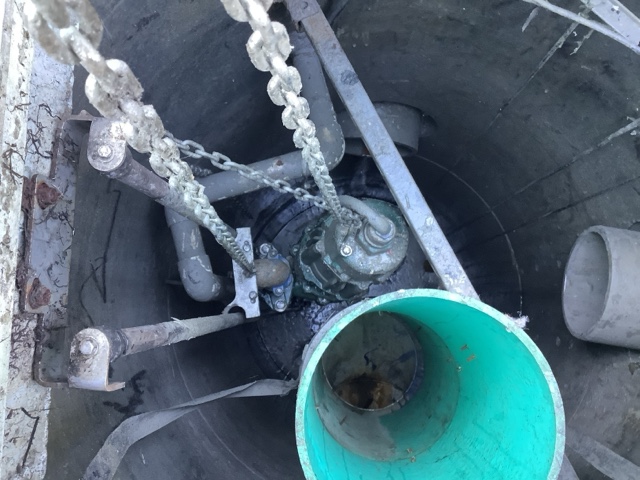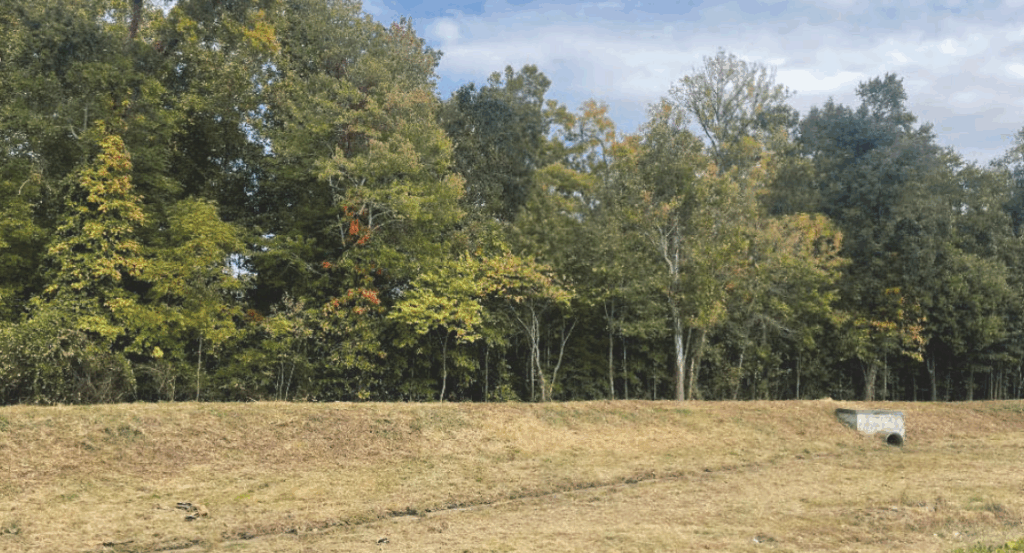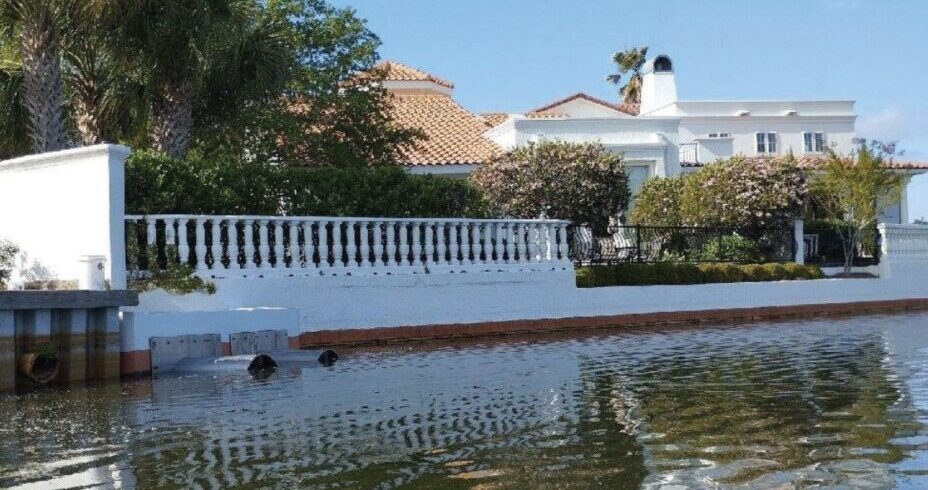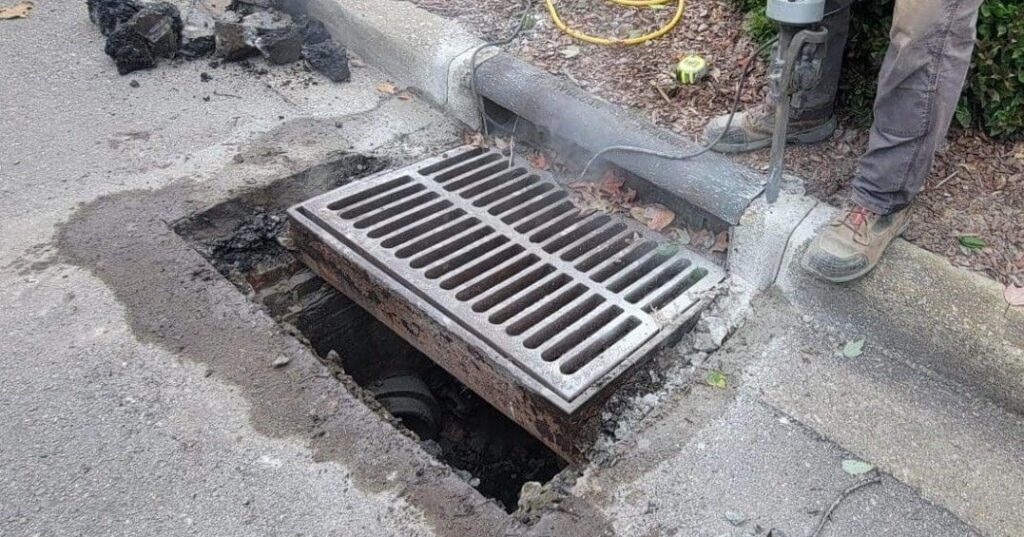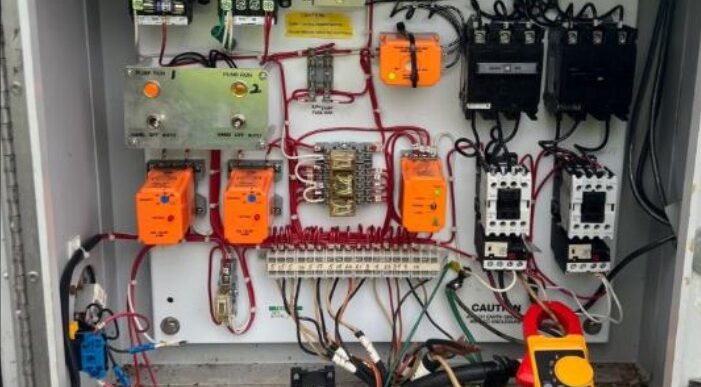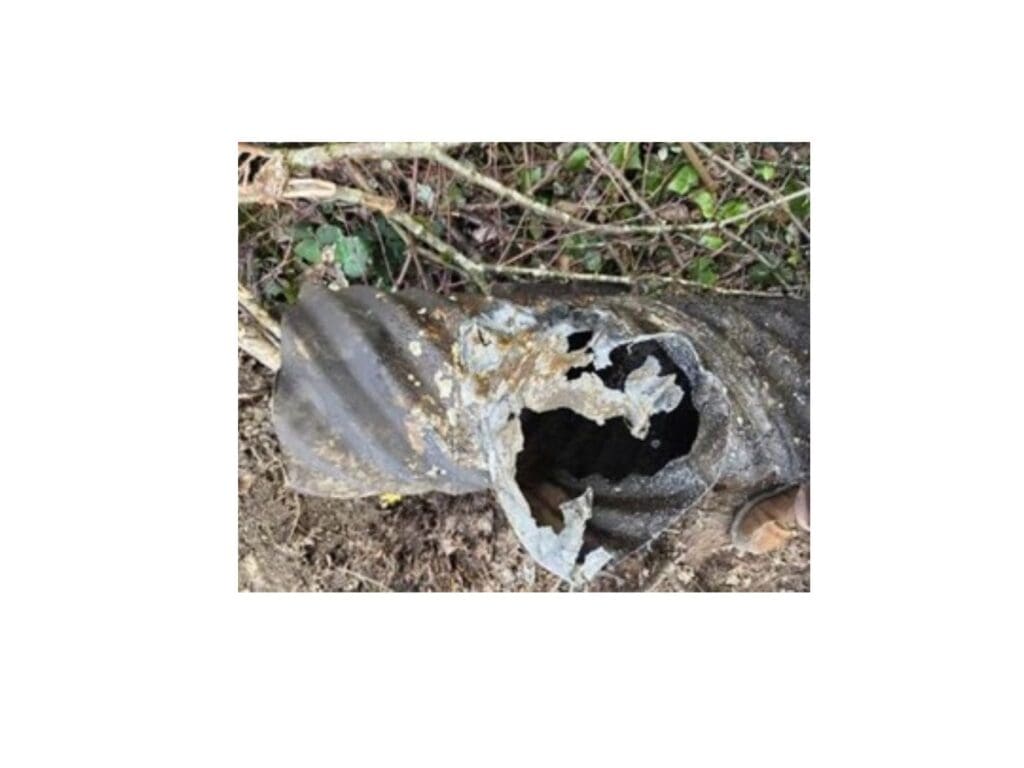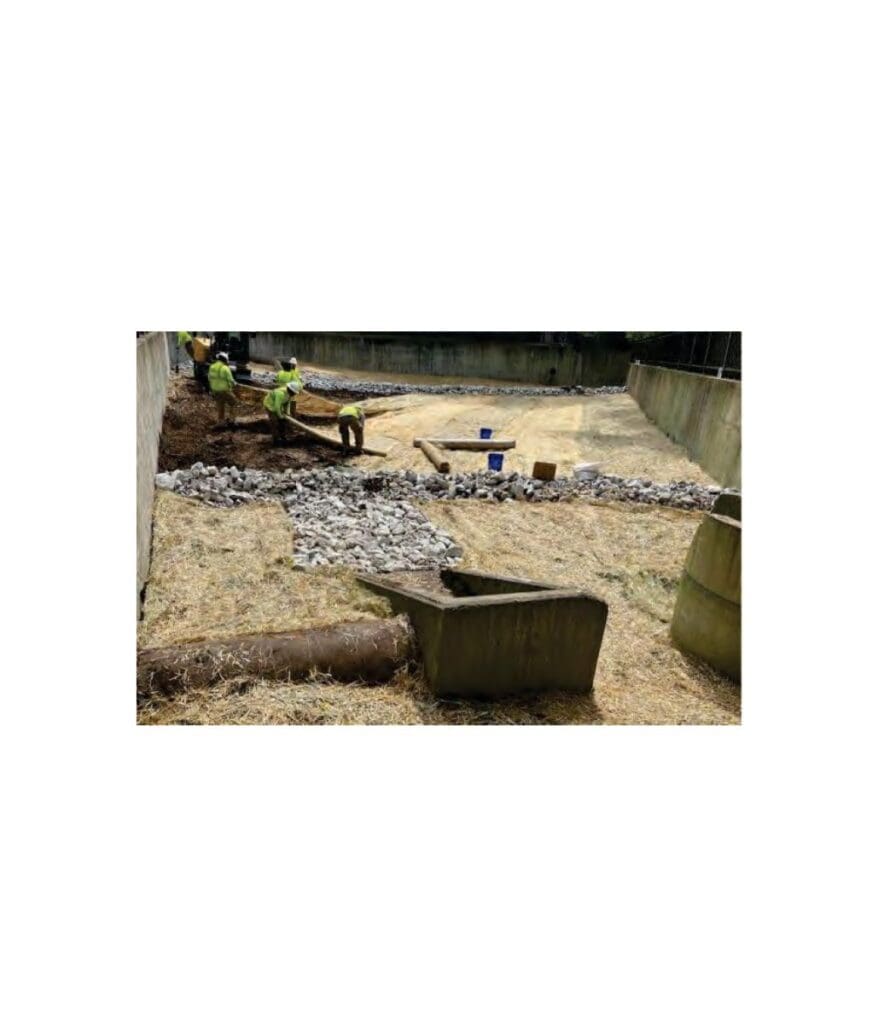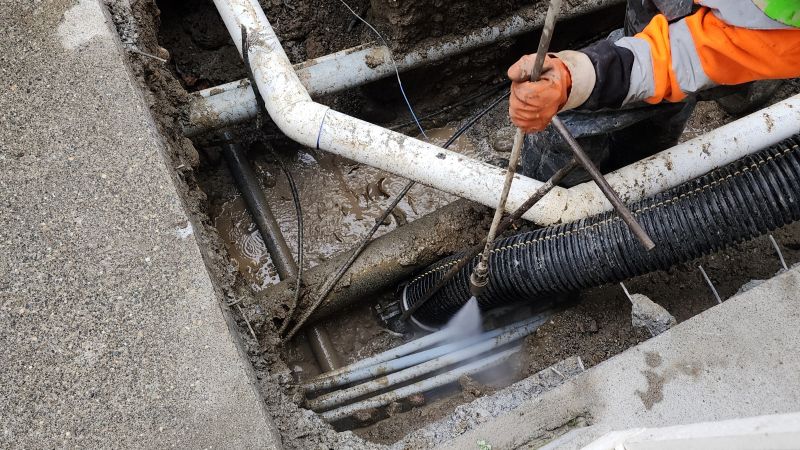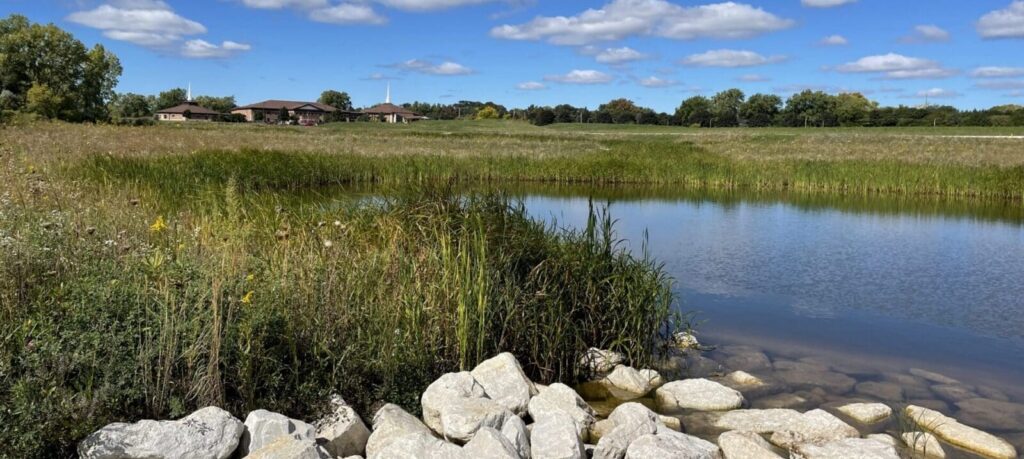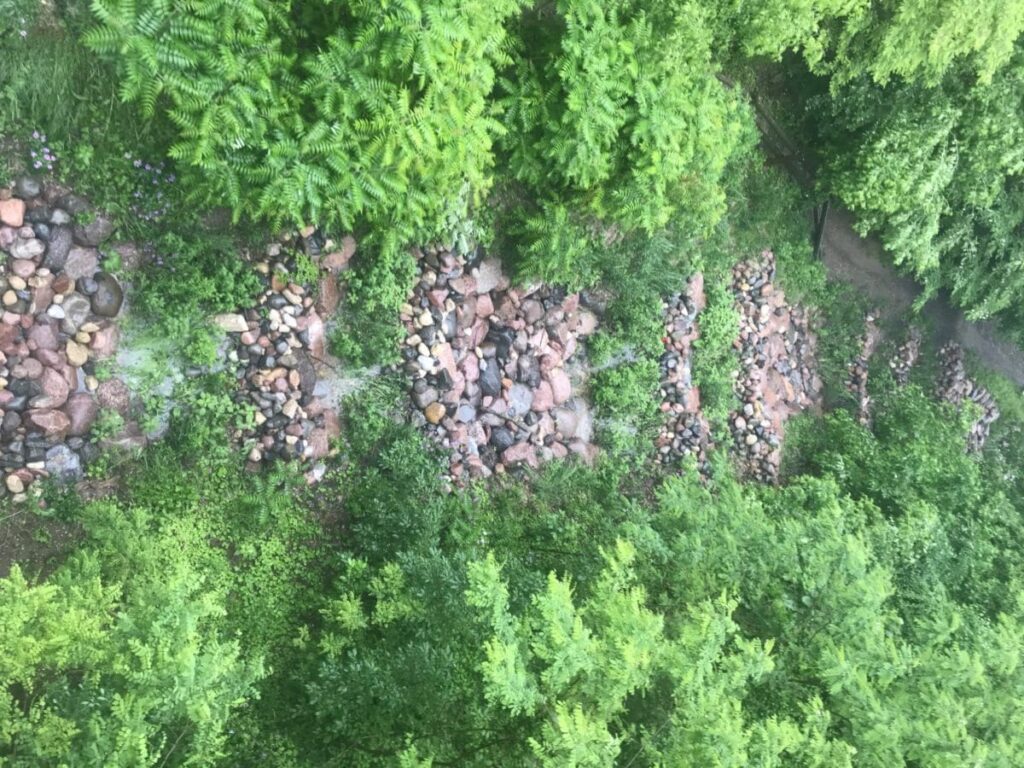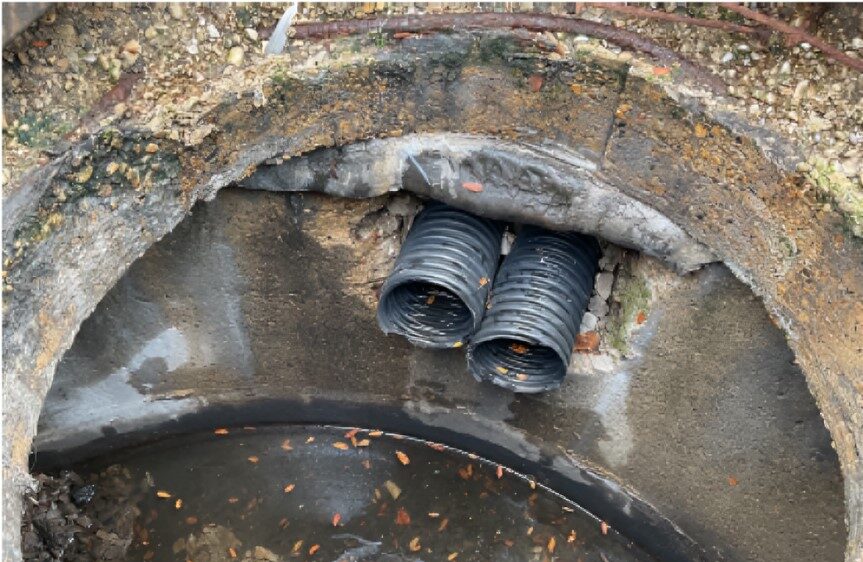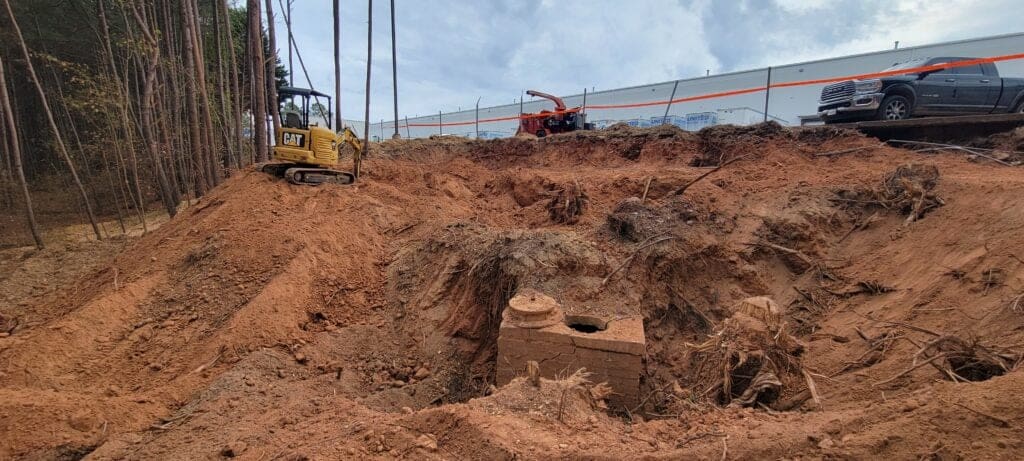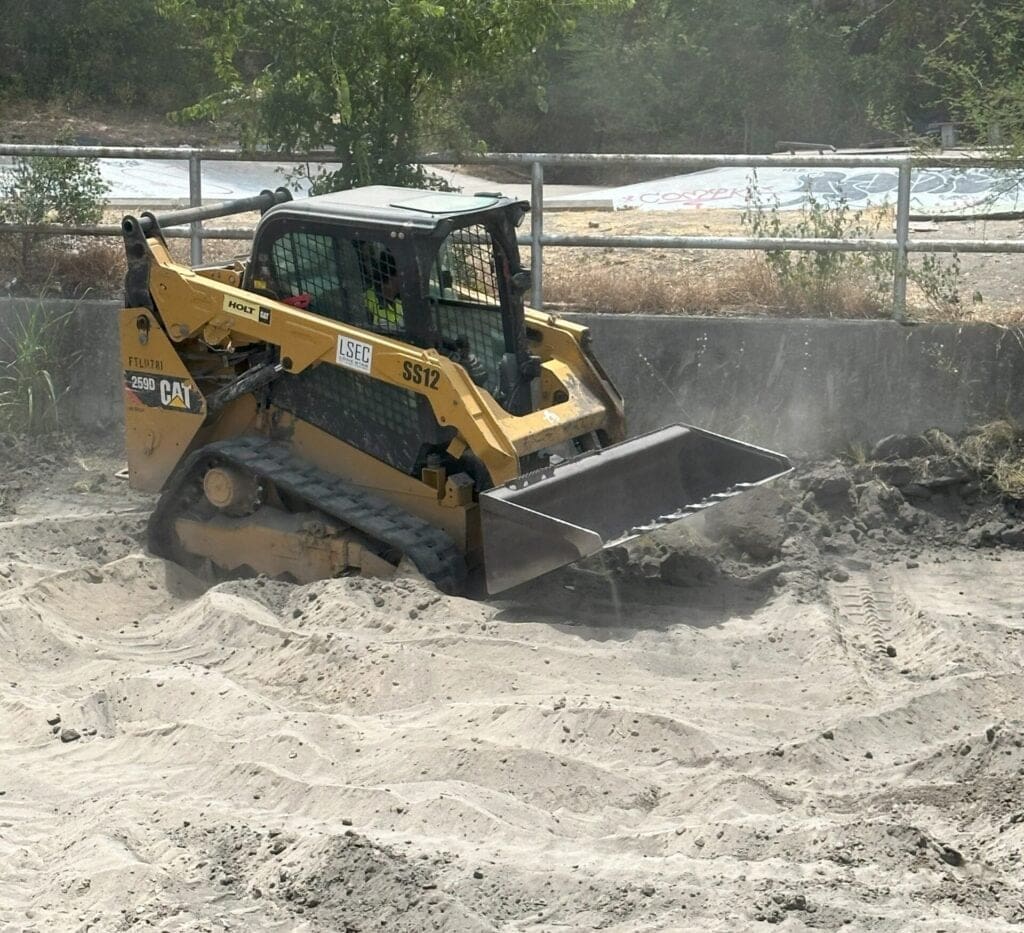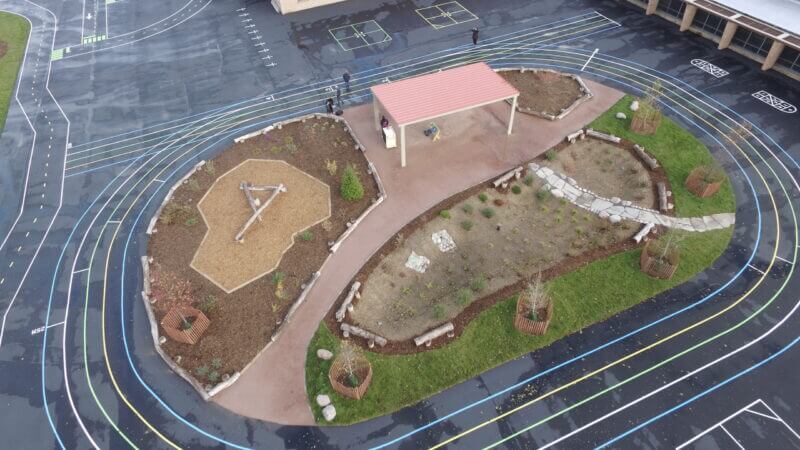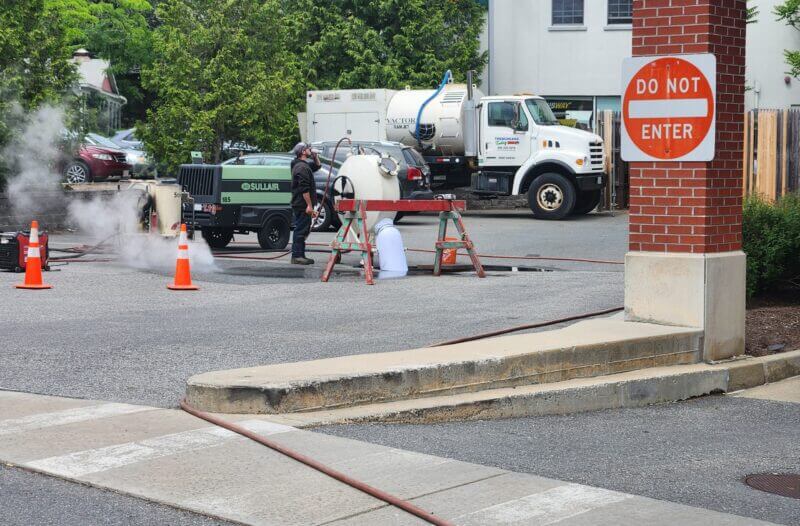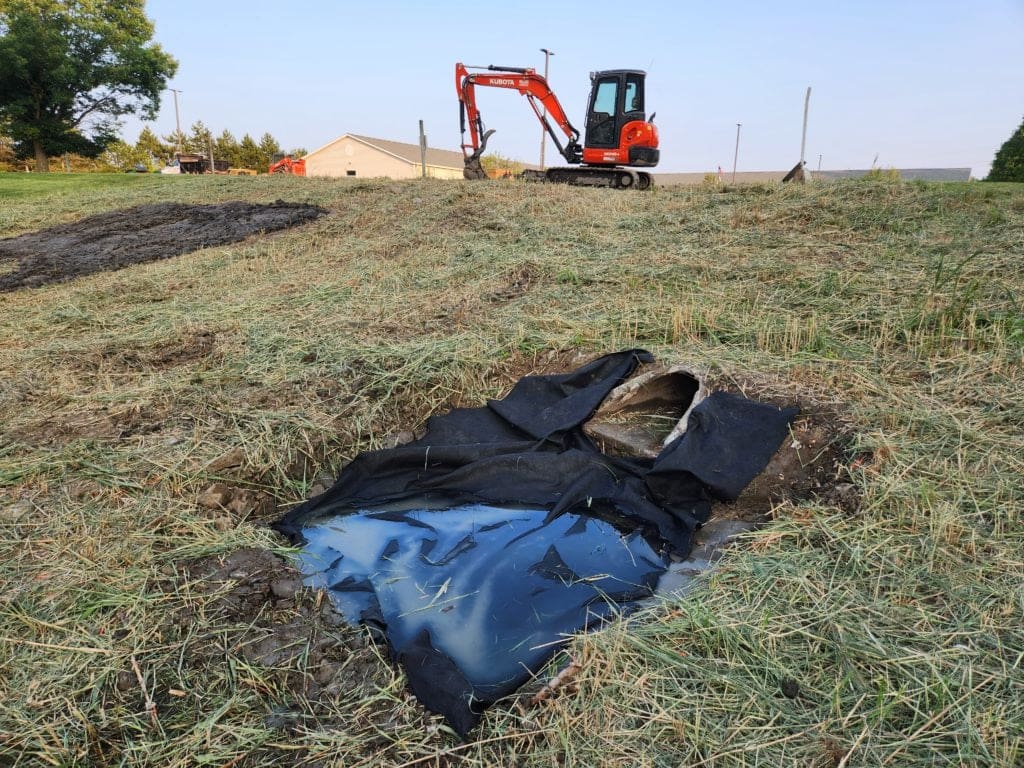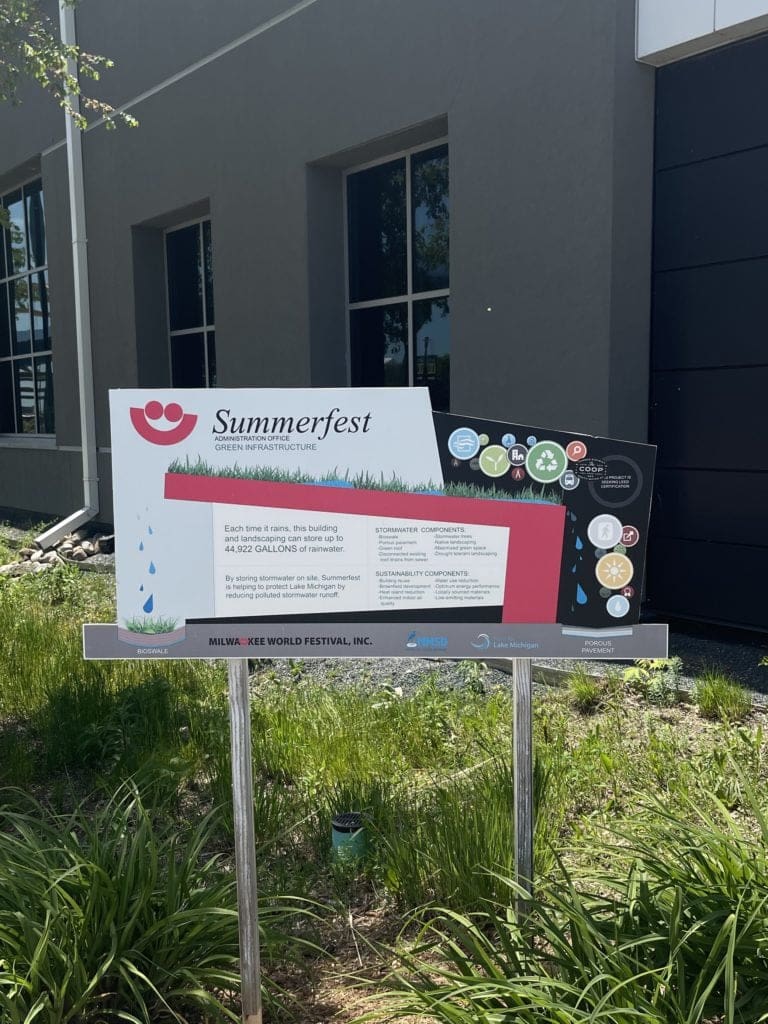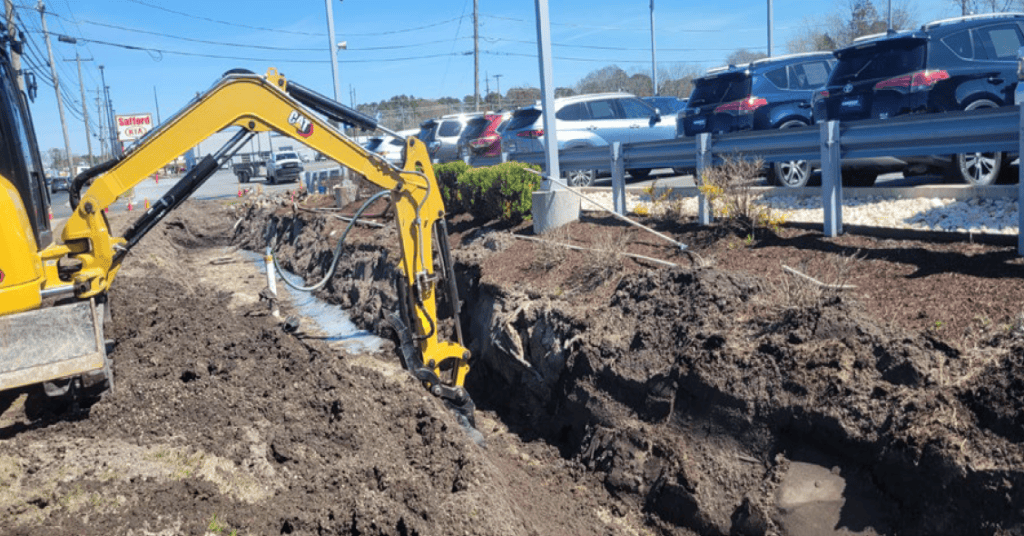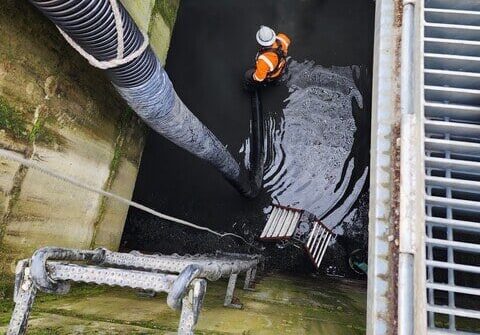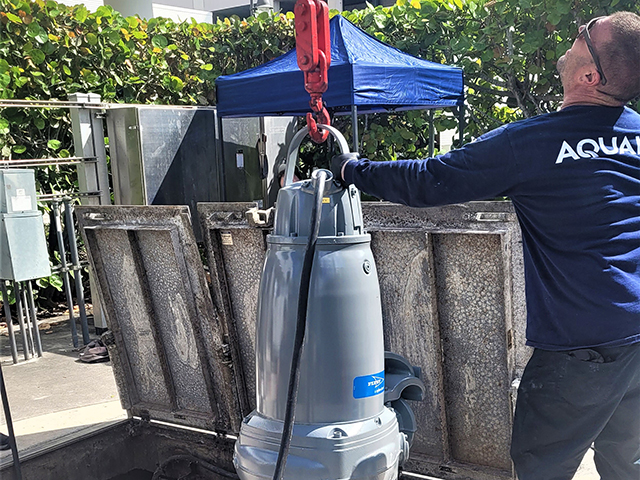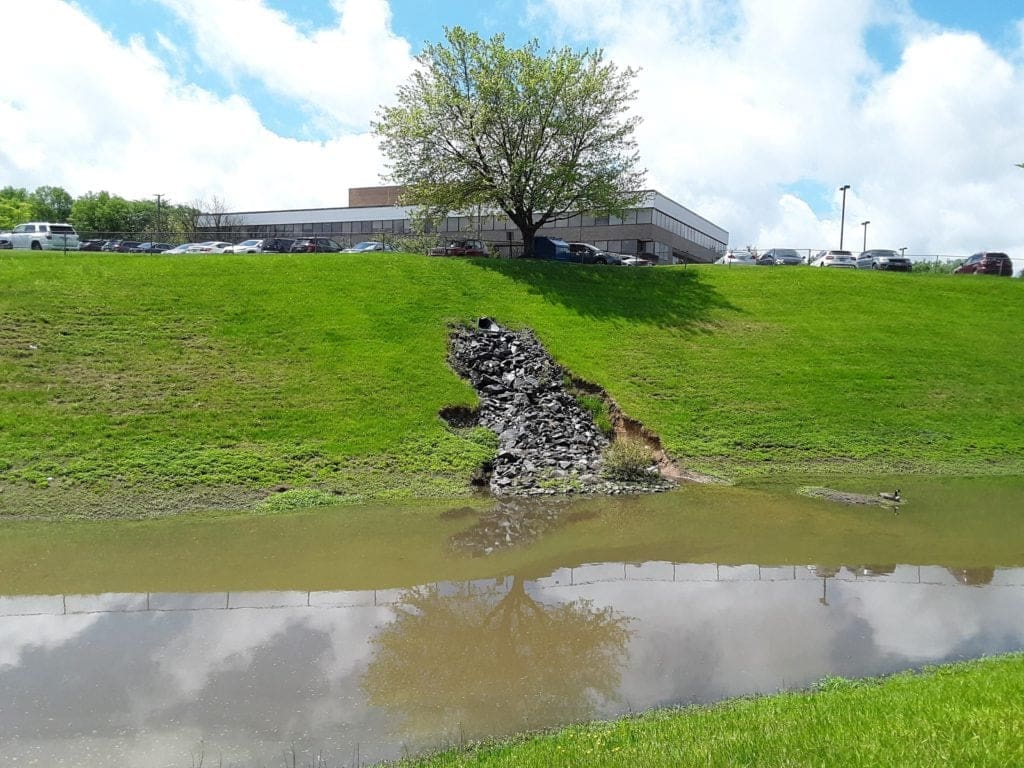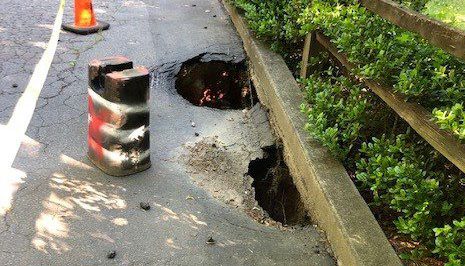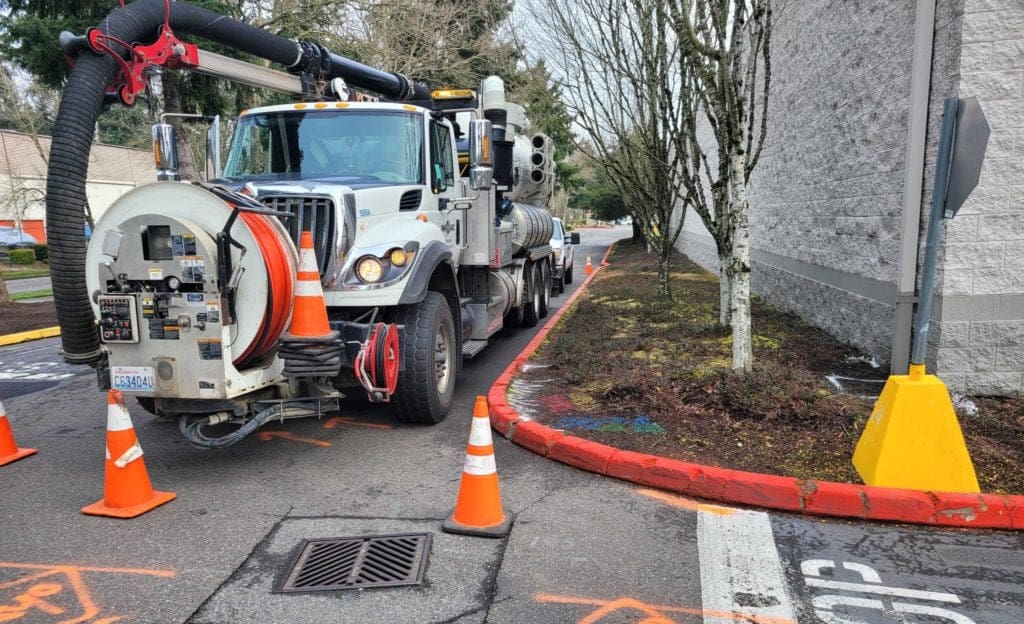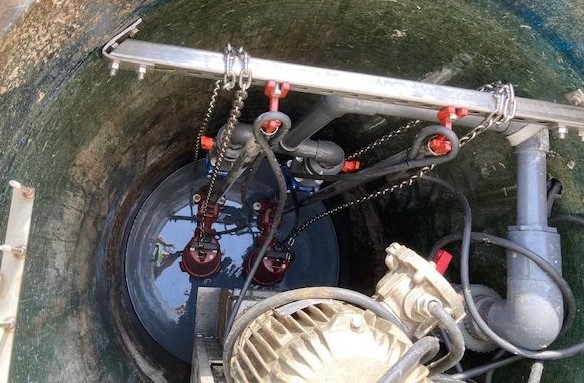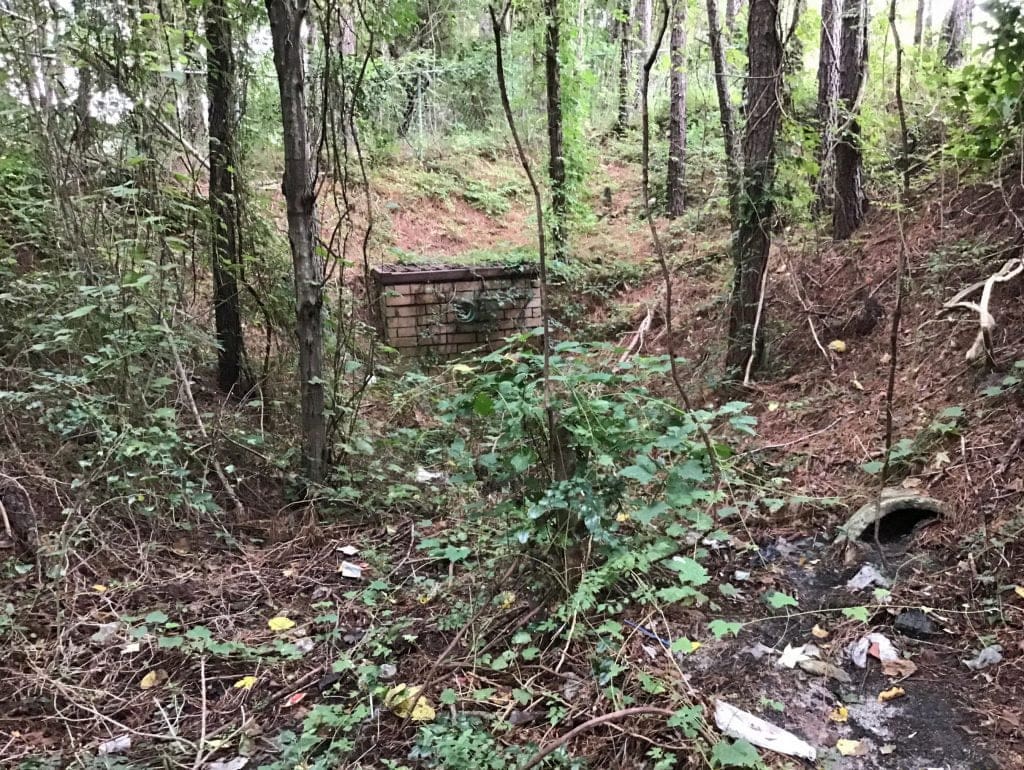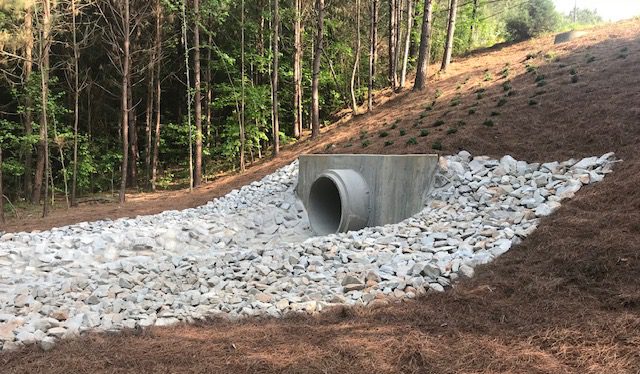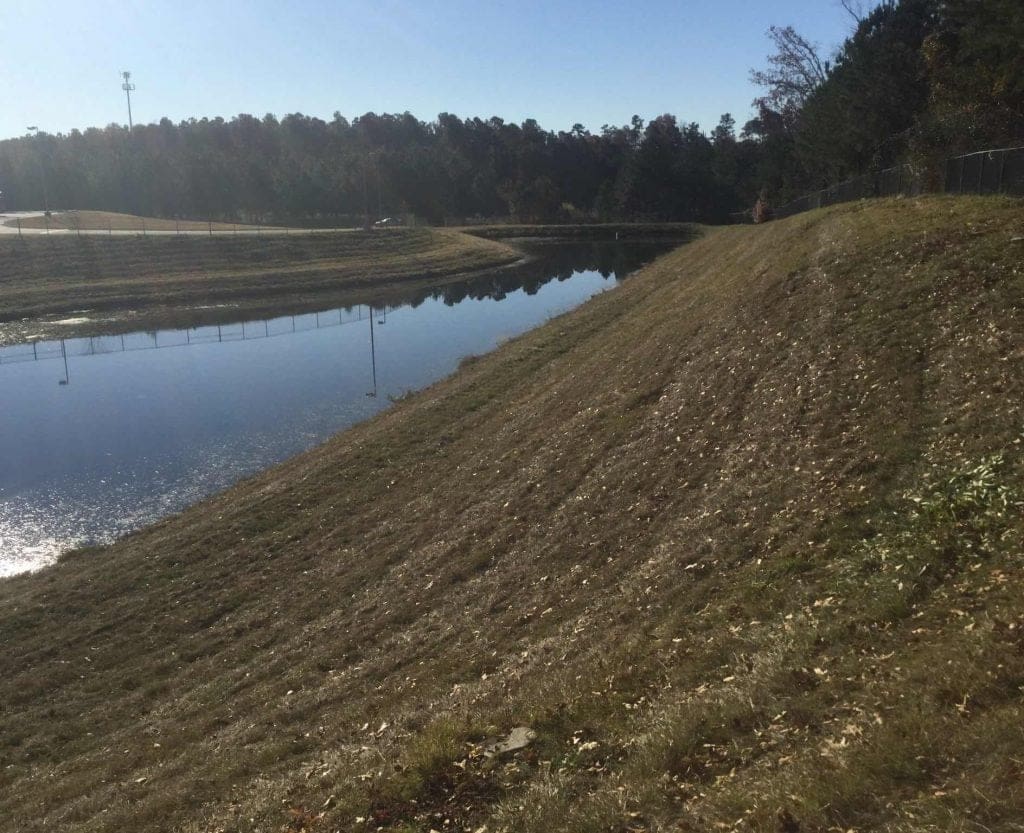Wastewater Engineering Services
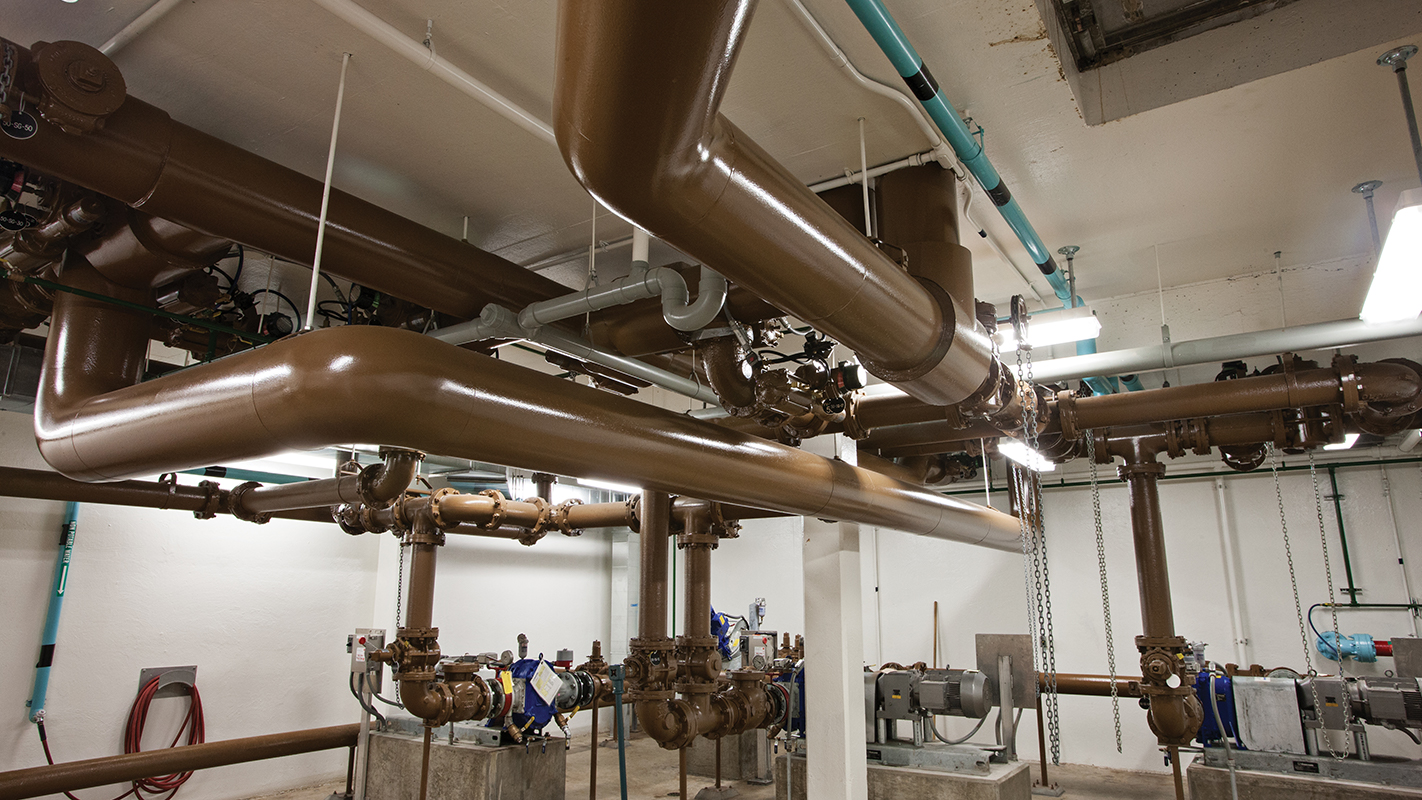
AQUALIS Offers Wastewater Engineering
In an effort to support our mission: protecting our most precious natural resource, AQUALIS has developed a wastewater engineering division. With experience designing, evaluating and implementing wastewater systems, our team can help assist your wastewater management efforts.
Wastewater Engineering Services
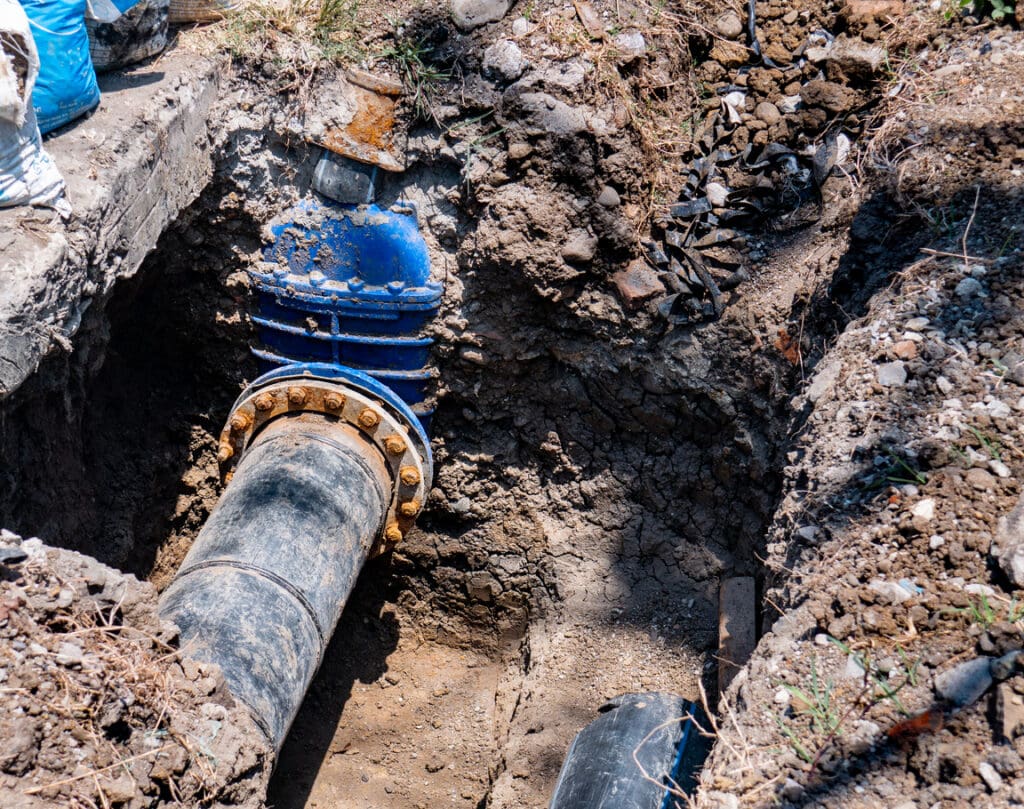
Evaluating sewer systems is essential for maintaining efficient performance, detecting problems, and planning improvements that benefit public health.
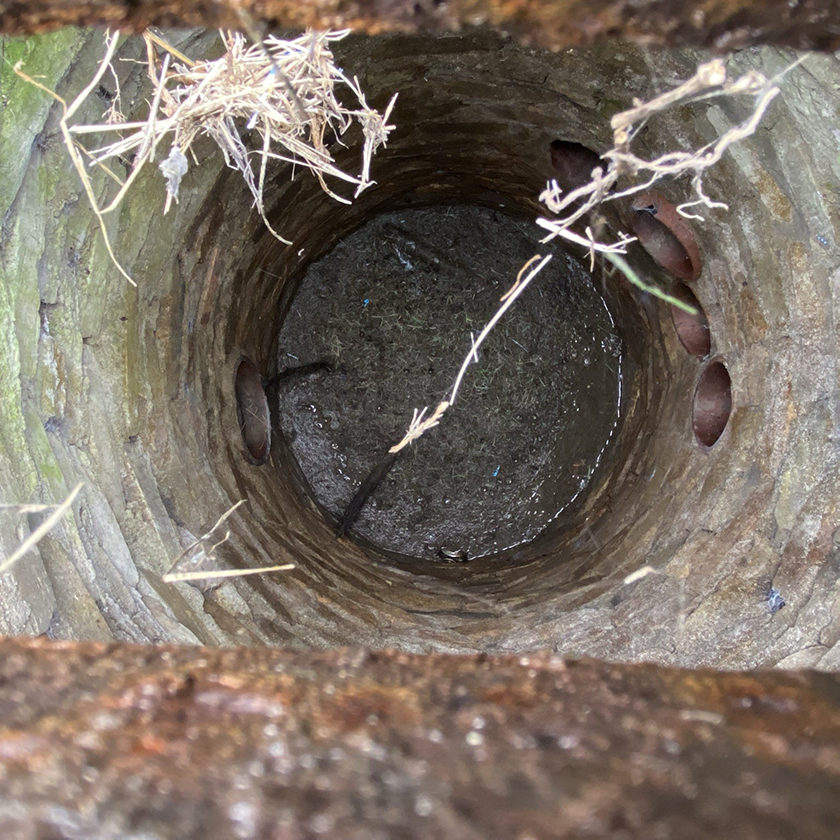
AQUALIS studies existing conditions, future demands, alternative technologies and potential cost to assist in planning development before design.
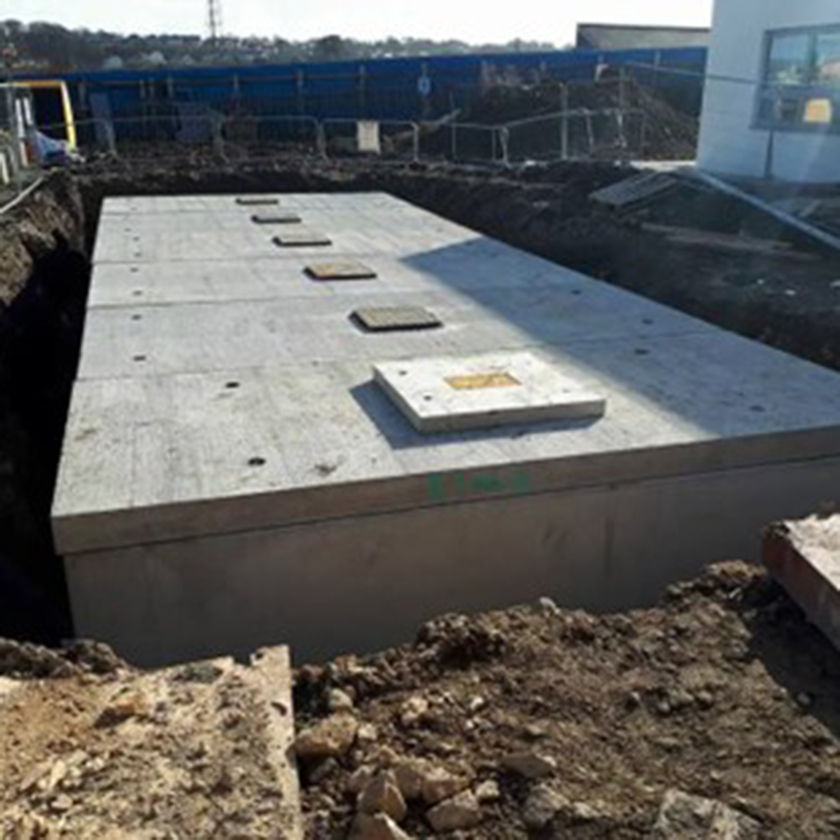
Water and wastewater design efforts can be combined to reuse suitable treated effluent which can significantly reduce the costs of treatment, and the loadings otherwise placed upon a potable water system.
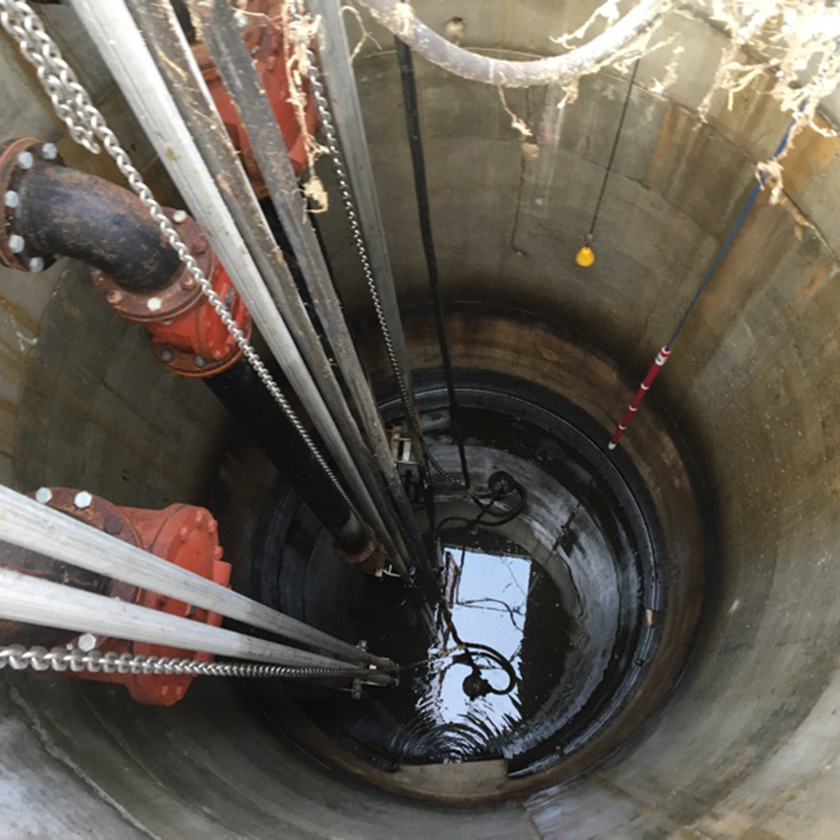
AQUALIS navigates permitting for sewer, water and lift station project developments.

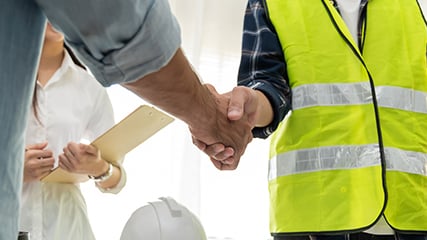
Nationwide Services
Review our locations and find your local representative with our interactive search.
What is Wastewater Engineering?
Wastewater Engineering is the design and management of wastewater systems, including sewage, forcemain and combined stormwater pipeline conveyance systems. The focus of wastewater engineering is to meet the current service needs as well as to anticipate future service demands. Wastewater systems can also include broader ranges of considerations for pump stations, treatment processes and equipment components, comprehensive wastewater treatments, operations and the release, or final disposals, of waste byproducts. This work can be applied to private, municipal, regional and other utility systems providing wastewater services.
At AQUALIS, our engineers not only focus on the proper design of facilities, but also provide long-term maintenance plans and upkeep services to ensure ongoing compliance. We are experts in navigating federal, state and local regulations based on your site-specific goals. Partnering with a sustainable solution focused company allows your systems to meet future community demands.
What is a sewer system?
Sewer system describes the pipelines, associated assets and vaults that convey wastewater. In some areas, sewer system describes stormwater pipelines and combined sewers as well.
What is Water Quality?
Water quality is a primary measurement used in wastewater engineering and design, it involves the measurement of both existing (raw) components and the predictable result or change of those conditions after treatment (as treated effluent). Wastewater plants are designed to reliably remove biological oxygen demand (BOD), total suspended solids (TSS), ammonia (NH3), and total phosphorus (TP) to lower concentrations which are estimated not to impact the receiving water (or outfall) discharge to after treatment. Treated effluent discharges to the trout (high) quality streams, lakes, or impoundments typically will require higher levels of treatment. However, each discharge location has NPDES or similar permitting limits that establish the water quality that must be delivered with system improvements and operation.
What are Due Diligence Inspections?
Stormwater maintenance is preventative. Regular maintenance ensures the system will continue to operate without major interruptions.
What is a lift station?
Lift stations use pumps or vacuum type equipment to periodically draw sewage from a low elevation upwards to the ground surface. Whereas gravity sewer proves most economical in many situations, these pumps “lift” sewage upward so the flows may continue to treatment.
Lift stations are equipped with pumping rates and automated controls that call for equipment activation based on accumulated flows. Equipment and controls are used in corrosive environments and require careful consideration of safe working conditions, occupancy, and equipment wear.
Lift stations are often equipped with sampling, flowmeter, variable speed drives, standby generator, and other equipment features to evaluate content and flows of waste in the pumping systems, to deliver the best efficiency of pumping, to continue providing services when power outages occur, and other ventilation and grinder provisions that may be selected to optimize operations.
What is a forcemain?
Forcemains are the pressurized pipelines that lift stations use to convey sewage onward to its resumed flow or treatment. These pipelines are often equipped with valves, taps, and gages used to evaluate equipment performance. They often allow for external equipment connections to provide backup emergency operations.
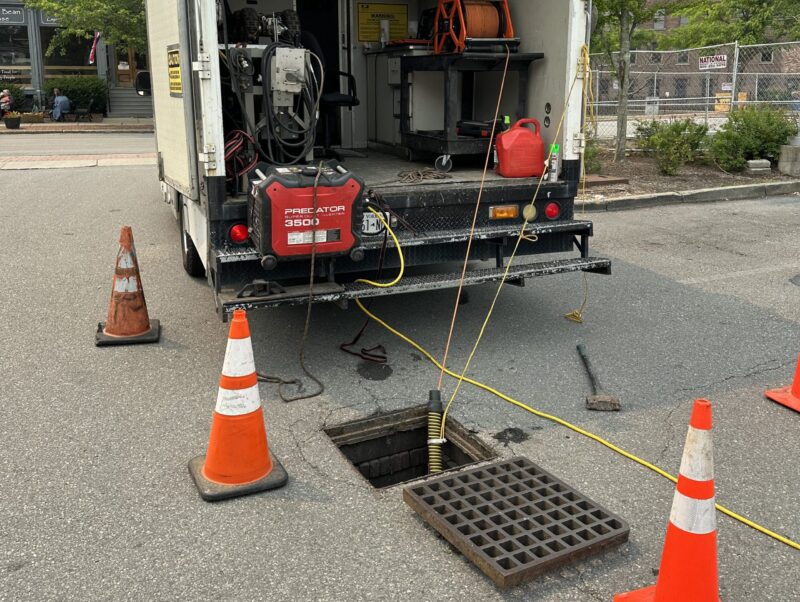
Learn more about how CCTV is used to find the root cause of wastewater issues.
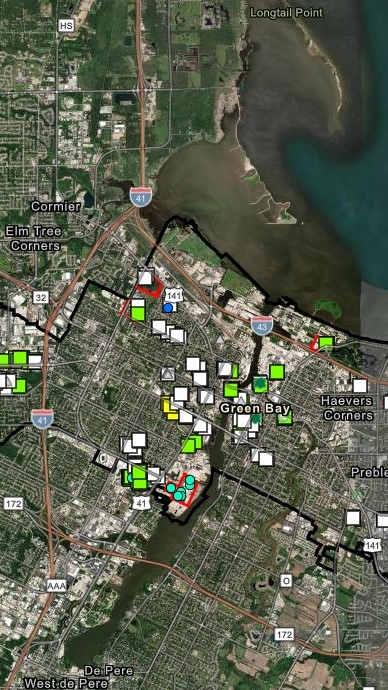
Hear from wastewater experts as they review advancements in wastewater data collection. This information system leverage data science and artificial intelligence to optimize water management.
Case Studies
Did you receive an NOV? Have an urgent need? We can help.
Reach out to an AQUALIS representative today.





